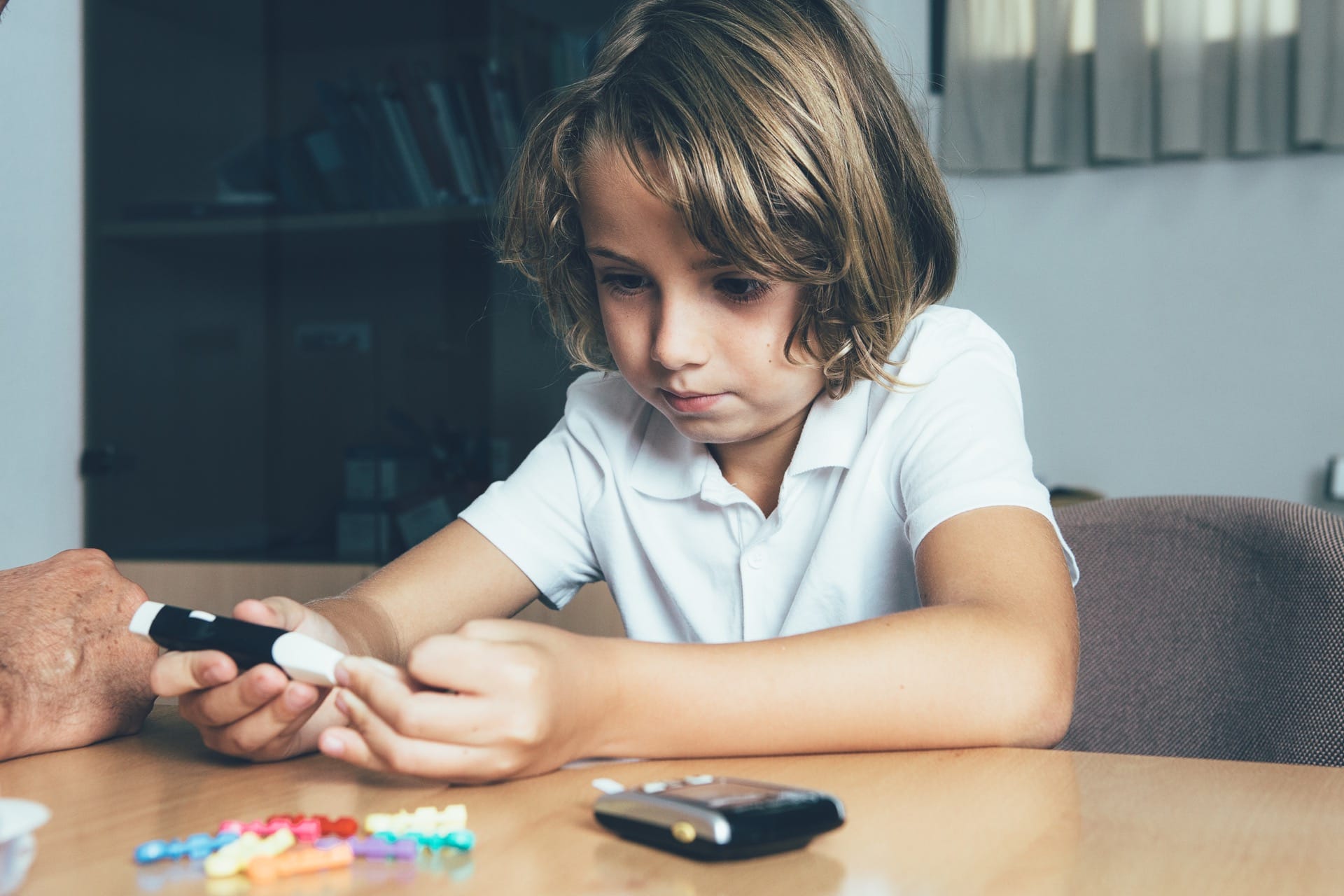Diabetes in children doctor view: Hearing the word diabetes, the thought that comes to mind is that it is a disease found only in adults and the elderly, but this is a misconception. Apart from youth, nowadays this disease is also found in teenagers and children. Nowadays, due to poor lifestyle and carelessness in eating habits, the cases of diabetes are increasing rapidly. Diabetes is a disease in which the body’s ability to generate energy by metabolizing carbohydrates decreases. BDr. Ruchira Pahare (Consultant Pediatrician) of Kokilaben Dhirubhai Ambani Hospital, Indore is talking about the problem of diabetes in children:
In diabetes, the production of hormone (insulin) by a gland called pancreas stops or reduces. In the absence of insulin, sugar is not metabolized properly, due to which it remains in the blood, which is called Hyperglycemia. Diabetes can occur at any age. There are two types of diabetes, type 1 and type 2 diabetes. Type 1 diabetes occurs mostly in children.
Type-1 Diabetes: In this, insulin production in the body stops. Till some time ago, Type 1 diabetes usually occurred only in children, hence it is also called juvenile diabetes. In this, children have to get regular insulin injections.
Type-2 Diabetes: This happens in slightly older children like adolescence and youth. In this, insulin production is either reduced or there is a situation of insulin resistance. These children are mostly obese or have very little physical activity, hence they get this disease.
1 excessive hunger
2. Weight loss
3 Frequent urination, especially at night, frequent urination or bedwetting
4 Excessive thirst and dry mouth
5 Feeling irritable and tired
6 frequent infections
7 Wound or injury does not heal quickly.
1 Nerve damage (diabetic neuropathy)
2 Affecting the kidneys (diabetic nephropathy)
3. There may be effects on the eyes (Retina) and sometimes even blindness.
4 Having problems like heart disease and stroke.
5 Diabetic Ketoacidosis – This is a dangerous condition in which if not treated on time, the patient may go into coma or even die.
7 Diabetes can affect the growth, weight and height of children.
Eat a nutritious diet and avoid taking too much sugar and excessive carbohydrate diet. Encourage children to be physically active, such as making them do sports, cycling etc. for 1 hour daily, so that obesity does not increase in them. If the child is gaining weight quickly then consult a doctor and also consult a dietician. In this way, type-2 diabetes caused by obesity can be avoided.
1. To detect diabetes in children and adolescents, sugar in the blood (blood glucose) can be detected.
2. Diabetes can also be detected through Hemoglobin AIC test (HbAIC) and the control of sugar in the body in the last few months can also be known.
3. Apart from this, sugar in urine can be tested which can detect diabetes.
In case of diabetes in children, keep taking regular medicine injections (insulin) or pills as per the doctor’s instructions and stay in touch with the doctor. To regularly monitor blood sugar, you can check your blood sugar at home with a machine called a glucometer. Get HbA1c level checked regularly so that you can know the sugar control of the last three months. Do not let children remain hungry for long and pay attention to their physical activities.
Apart from this, it also needs to be noted that if the child plays excessive sports and remains hungry for a long time, his sugar level may decrease (hypoglycemia), due to which the child may feel weak, then he should immediately give sugar, You can feed him glucose water or biscuits so that his sugar level becomes balanced. In case of serious problems, immediately go to such hospitals where doctors are available 24 hours a day, so that if needed, immediate treatment can be provided.
